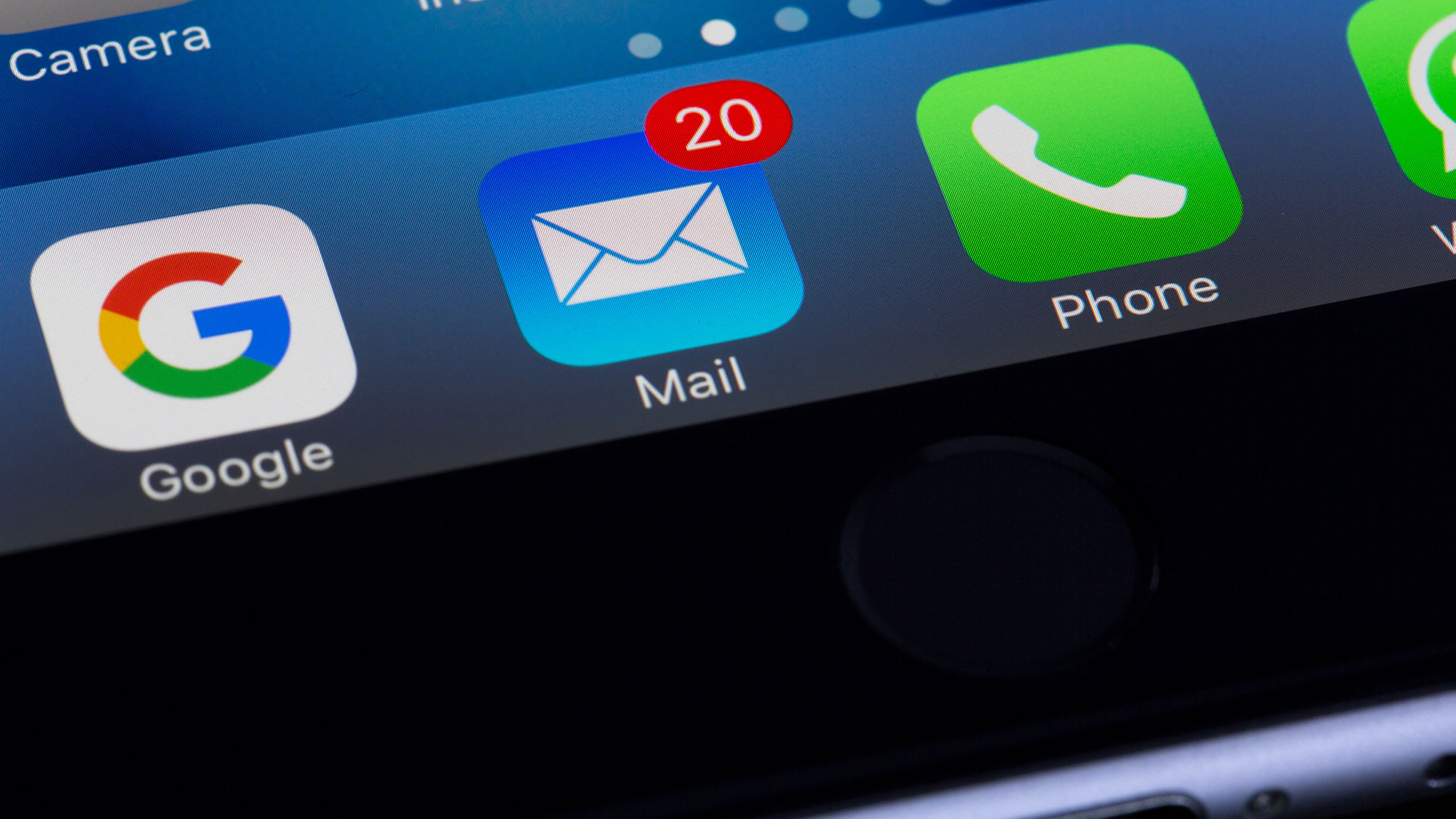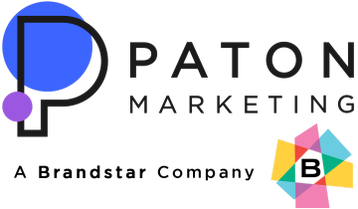No industry is without its faults. Regardless of the unique circumstances that every company faces, there is one thing that all businesses have in common-email. Everyone is always trying to decipher the formula behind creating effective emails.
Everybody writes email and all of us are innately curious of how to write effective emails, and this is what we are going to be discussing today. Email remains one of the most popular ways to communicate with others
Based on a study from Radicati, there are over 3.7 billion email users worldwide, and this number is going to continue to rise.
Emails are an effective channel of marketing with an ROI that is 5x more effective than social media, direct mail, and paid search.

Adobe has made the discovery that half of all consumers prefer being contacted through email, instead of other channels of communication. Additionally, email newsletters have highly reported positive experiences by consumers, according to recent surveys.
With that being said, understanding the importance of emails and writing compelling emails, are two different concepts. If you aren’t sending the right kind of emails, you will lose viewers.
Did you know that 66% of users unsubscribe from emails if it doesn’t appeal to their interests?
It’s not something that everyone is well-versed in, but if you follow these step by step instructions, it will help you make leaps and bounds in engaging with your audience.
Writing Emails With Audience Segmentation
Knowing that email is impactful is a great start, but we understand that it’s time-consuming to individually email everyone on your contact list.
Each email needs to be personalized and when your consumers are easily segmented, it’s easier to send this content to them.
Messages will be based on the interactions that your customers are making with your company and its products. Email list segmentation is vital for your efforts to be more personable with your clientele.
For instance, following up with your consumers through a thank you email is a practical way to show that you care about a purchase they made with your company.
Or maybe this isn’t the case for certain consumers. Maybe they added something to their shopping cart, but backed out of purchasing it at the last second. You can send them a discount code in order to bring them back to your business.
MailChimp recently measured 11,000 segmented campaigns versus non-segmented campaigns from all of the same consumers. It uncovered that segmented campaigns outperformed their non-segmented counterparts throughout all of the metrics.
So how can you effectively segment your email lists? Including basic demographics like age, sex, and location are a perfect way to get started.
Typically speaking, men and women will respond differently to the emails, but this is to be expected. However, demographics aren’t the most effective ways to segment your email lists.
Marketing automation platform MailChimp offers a plethora of audience segmentation options based on engagement, behavior, and other factors that could be useful to you.
These behavioral triggers are more effective in assessing a customer’s response. Recommended purchases, for example, work regardless of age, sex, or location.
Behaviors such as buying, canceling, subscribing, and abandoning your shopping cart can be addressed with individualized emails.
Targeting behaviors is one of the most effective tools for marketers. It helps them in identifying what strategies work and which ones don’t work as well.
With an email marketing strategy that prompts consumers to open your emails, you will increase the likelihood of having superb conversion rates.
Behavior segmentation is also an easier method for automating emails. This is an important part of the sales cycle, and you are leaving money on the table if you’re not capitalizing on it.
How to Write Emails By Building On Previous Goals
 It’s important to have goals for your email campaigns. If not, you’re just aimlessly sending emails that you are hoping have an impact on your audience. This isn’t an effective strategy
It’s important to have goals for your email campaigns. If not, you’re just aimlessly sending emails that you are hoping have an impact on your audience. This isn’t an effective strategy
There are only 4 kinds of emails that you can compose:
- Narrative: Telling a captivating story
- Descriptive: Illustrate your product or service effective words
- Expository: Teaching your audience how to do something.
- Persuasive: Enticing your readers to take action.
Each email type will have a certain tone and goal. Let’s say your goal is to persuade customers to complete a survey about their experience.
There needs to be a direct call to action, with impressive graphics, that will entice users to click on the links. That should be the focus of a short email that explains the benefits of taking the survey with full details.
An expository email is great at explaining everything, so your customer can understand everything about the topic. These usually come in the form of newsletters, but this is not always the case.
Steps for Composing The Perfect Email
Now we will begin to analyze all of the essential steps for putting together a perfect email.
 Step 1- Subject Lines: There is only one chance at a first impression and having a strong email subject line is very important in making this impression. It can determine if the email even gets read or not. 33% of recipients open an email based on the subject. Keep the subject short and sweet, but make it compelling enough for your consumers to gravitate towards it.
Step 1- Subject Lines: There is only one chance at a first impression and having a strong email subject line is very important in making this impression. It can determine if the email even gets read or not. 33% of recipients open an email based on the subject. Keep the subject short and sweet, but make it compelling enough for your consumers to gravitate towards it.
Step 2-Keep Emails Short and Friendly: One of the worst things you can do is stuff your emails with excessive amounts of information. The document will be too long, and it’s unlikely that your audience will read it, in its entirety. You can spread out the information in a series of emails that it’s clear and concise.
Step 3- Relevant Information and CTA’s: Emails need to answer questions that people are wanting to know. A CTA or call to action is important as well, because there is no other way to entice them without this feature.
Step 4-Personalize Emails and Use Second Person Point of View: Nobody wants to feel like they’re just another person without a face or identity. It’s important to greet your consumers with language that is conducive to the situation. It’s also important to compose these emails in the second person. Focusing on “you” opens a conversation and helps the customer to feel valued and recognized.
Step 5-Proofreading and Checking Grammar: It goes without saying, but your grammar and syntax need to be sufficient when compelling extensive copy in your emails. Typos can come off as spam, and it also delegitimizes your email and brand, because it indicates that you didn’t take the time to correct it before you published it. Make two rounds of edits to mitigate the chances of this happening.


Noreen
Wow, superb blog structure! How lengthy have you ever been blogging for?
you made blogging look easy. The overall look of your web site is excellent, as smartly as the content material!
You can see similar here sklep online
Una
Howdy! Do you know if they make any plugins to help with
SEO? I’m trying to get my blog to rank for some targeted
keywords but I’m not seeing very good results.
If you know of any please share. Appreciate it!
I saw similar article here: GSA List
indicac~ao binance
Thank you for your sharing. I am worried that I lack creative ideas. It is your article that makes me full of hope. Thank you. But, I have a question, can you help me?
Vytvorení bezplatného úctu
Your article helped me a lot, is there any more related content? Thanks!
Mittie
Hey! Do you know if they make any plugins to help with SEO?
I’m trying to get my site to rank for some targeted keywords but I’m
not seeing very good success. If you know of any please share.
Thank you! You can read similar text here: Good escape room
Dee
I will right away clutch your rss feed as I can not to find your e-mail subscription hyperlink or e-newsletter service. Do you’ve any? Please let me realize so that I may just subscribe. Thanks!
youtube music converter
This site was… how do you say it? Relevant!! Finally I’ve found something which helped me. Thanks.
aged domain odys global
Your style is unique in comparison to other folks I’ve read stuff from. I appreciate you for posting when you have the opportunity, Guess I’ll just bookmark this web site.
Sandyt
This piece was both insightful and entertaining! For additional info, visit: FIND OUT MORE. What do others think?
Trent
You really make it seem really easy with your presentation but
I in finding this matter to be actually something that I think I’d by no means understand.
It seems too complicated and extremely wide for me.
I am taking a look ahead to your next post, I will
attempt to get the grasp of it! Escape rooms hub
대출 이자 계산기
Your insights are invaluable.무직자 3103만원 대출
직장인 대출
Thanks for shedding light on this important matter.9900만원 대출
구글상위노출 대행사
Your post is a valuable contribution to this field.검색엔진최적화 방법
machine learning for kids
You have made some good points there. I looked on the internet for additional information about the issue and found most people will go along with your views on this web site.
Universities in East Africa
I was able to find good advice from your content.
Kampala International University
Very good post! We are linking to this particularly great content on our website. Keep up the great writing.
Kids AI Projects
I couldn’t refrain from commenting. Very well written!
AI for Kids
Aw, this was an exceptionally nice post. Taking a few minutes and actual effort to generate a very good article… but what can I say… I put things off a whole lot and don’t manage to get anything done.
hishypesports
Oh my goodness! Impressive article dude! Many thanks, However I am having troubles with your RSS. I don’t know why I can’t subscribe to it. Is there anyone else getting the same RSS problems? Anybody who knows the answer can you kindly respond? Thanx!
owner financing
After going over a handful of the articles on your blog, I really like your technique of writing a blog. I book-marked it to my bookmark webpage list and will be checking back soon. Take a look at my website as well and let me know how you feel.